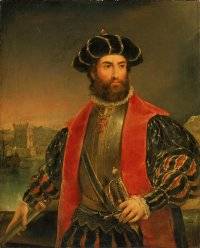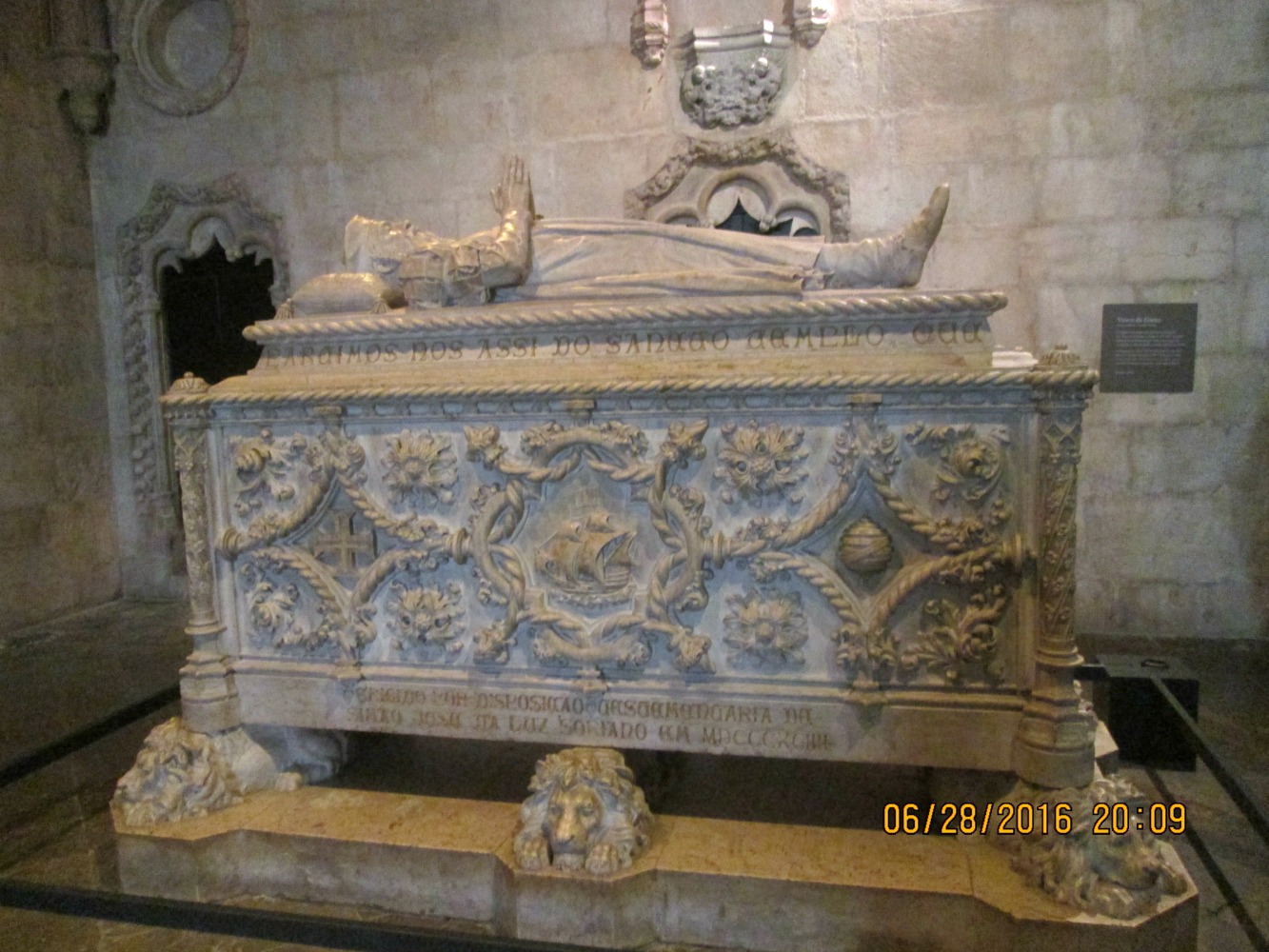

The explorer’s body was tired and he had as many followers and supporters as enemies. Vasco was around 60 years old when he died, but this is only an estimate as his birthdate is uncertain. Following the arrival of the Portuguese crew, more and more Europeans headed to the east.Ī steel engraving from the 1850s, with modern hand coloring showing the meeting of Vasco da Gama with Zamorin. The explorations also changed Asia forever. Moreover, it opened the market to many new goods, spices, and other things, which were unknown in Europe before then. Europeans brought the native people of Asia, Africa, the Americas, and Australia immeasurable pain, death, diseases, and misery.ĭuring their three travels, Vasco da Gama and his crews opened a new way for communication and changed sea trade forever. However, while Europe was excited with the explorations, other continents suffered quite a lot due to their travels. Moreover, many sailors wanted to follow his path and have similar experiences on the sea. He was already known as one of the greatest explorers from the Age of Discovery and he had brought fame and lots of money to the Portuguese court.

Vasco da Gama died during his third visit to India, on December 24, 1524, in the city of Kochi.

In fact, the afterlife of the explorer became an additional page in the history of the impressive Jerónimos Monastery located in Lisbon, Portugal and another famous church in Kochi, India as well. However, his story did not end with his death. Vasco da Gama was a traveler and adventurer in the 15th century.


 0 kommentar(er)
0 kommentar(er)
